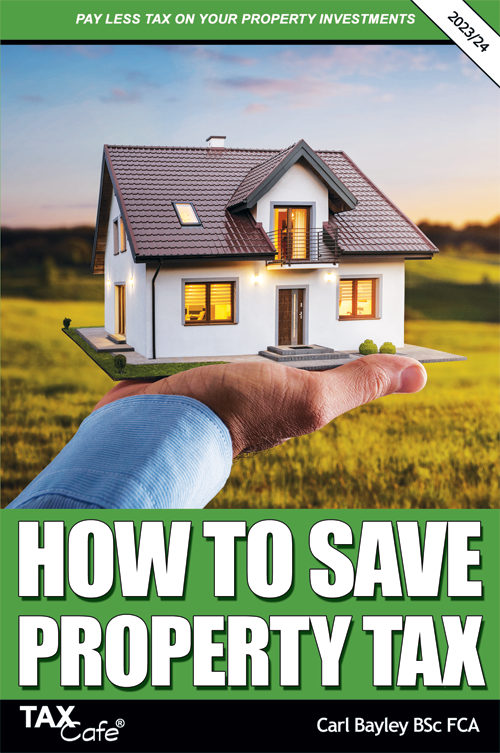How to Calculate Capital Gains Tax
Capital Gains Tax Calculation: Case Study
Before considering strategies you can follow to reduce your capital gains tax bill, it’s important to understand exactly how the tax is calculated under the current rules.
CGT can be extremely complex… but it can also be extremely simple.
Guide to Calculating Property Capital Gains Tax
To show you how it’s calculated, we’re going to look at a property investor called Kate who sells a buy-to-let flat.
We’ll keep tax terminology and jargon to the bare minimum for now because it gets in the way of understanding how capital gains tax is calculated.
Let’s say Kate bought the flat for £200,000 and sold it for £250,000. So she has made a ‘profit’ of £50,000.
However, she probably doesn’t have to pay tax on the whole £50,000 because this is not her true net profit.
She will probably have racked up some costs when she sold the property, such as solicitor fees, estate agent fees and advertising. She will also have paid some costs when she originally bought the property, for example survey fees, stamp duty land tax and more solicitor fees.
These direct costs of buying and selling the property can be deducted when calculating her capital gains tax.
Let’s say her total selling costs are £3,000 and her buying costs were also £3,000. Her net gain is now calculated as follows:
Sales proceeds - £250,000
Less: Purchase price - £200,000
Less: Selling costs - £3,000
Less: Purchase costs - £3,000
Net Gain - £44,000
The net gain calculated after deducting these allowable costs is often known as the chargeable gain.
The final thing we have to do to calculate Kate’s taxable gain is deduct her annual capital gains tax exemption:
Taxable gain = £44,000 - £11,300 = £32,700
What Tax Rate?
Lastly, we calculate Kate’s capital gains tax bill by multiplying her taxable gain by the correct tax rate: either 18% or 28% or a combination of both.
Which rate we use depends on how much income she has:
Higher-Rate Taxpayer
If Kate has total income (e.g. rental profits and salary) of more than £45,000 in the current 2017/18 tax year, she will be a higher-rate taxpayer. This means her entire taxable gain will be taxed at 28%:
£32,700 x 28% = £9,156
Basic-Rate Taxpayer
If Kate’s income is less than £45,000, she will be a basic-rate taxpayer and some or all of her gain will be taxed at 18%.
For example, if she has income of £30,000, this means £15,000 of her basic-rate band will still be available (£45,000 - £30,000).
Consequently, the first £15,000 of her capital gain will be taxed at 18% and the rest at 28%:
£15,000 x 18% = £2,700
£17,700 x 28% = £4,956
Total tax = £7,656
If Kate has very little taxable income for the year it's possible her entire taxable gain will be covered by her basic-rate tax band and taxed at 18%:
£32,700 x 18% = £5,886
In summary, Kate made a £44,000 net profit selling her flat and will be left with a CGT bill ranging from £5,886 to £9,156, depending on how much income she has earned during the tax year.
Please note, this article provides just a basic overview of the CGT calculation. There are also lots of tax reliefs that may potentially be claimed. These are covered in Taxcafe's popular guide How to Save Property Tax. It covers income tax, capital gains tax planning and stamp duty land tax. The author, Carl Bayley, is a former Chairman of the Tax Faculty at the Institute of Chartered Accountants in England and Wales (ICAEW).
 The information contained in this article on how to calculate capital gains tax is covered in detail in our popular tax guide:
The information contained in this article on how to calculate capital gains tax is covered in detail in our popular tax guide:How to Save Property Tax by Carl Bayley
This bestselling tax book is essential reading when calculating how much capital gains tax you should be paying.



